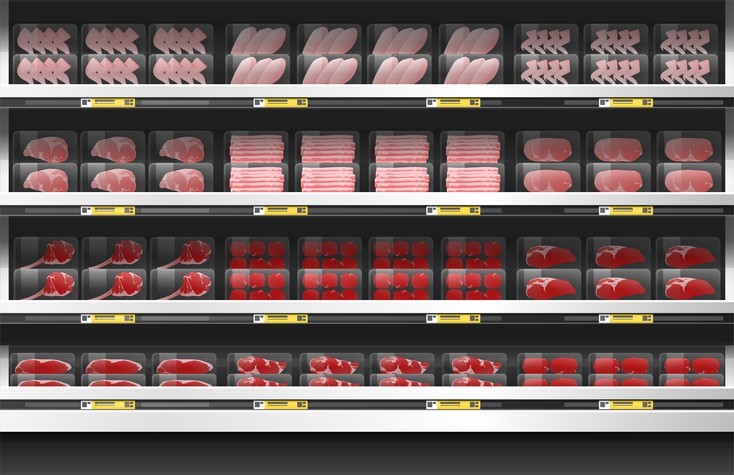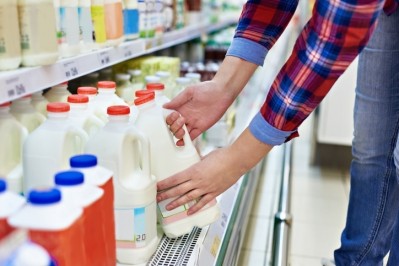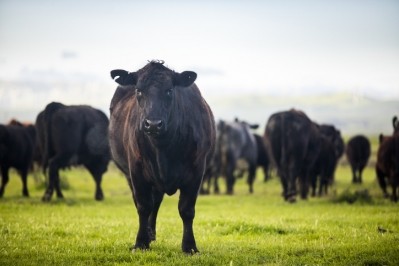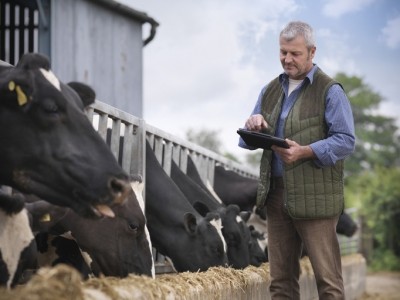Rabobank: Global recession affecting pork demand and increasing volatility

The slowing economy is weighing on demand for pork. Despite being considered less impacted than more expensive proteins, pork is still facing some pressure on consumption due to challenged household incomes, increased savings, and a potential decline in specific channels, said the team.
“Trade is expected to increase modestly in Q1 2023, but it may find growth difficult to sustain through the year, given slow production in major exporting regions like the EU and US,” commented Chenjun Pan, senior analyst, animal protein, Rabobank.
By contrast, Brazil, which continued to grow exports in 2022, is expected to increase pork production and exports this year.
At the same time, the analysts anticipate that further recovery and growth in local production in Southeast Asia and China will mean demand for imports will ease, particularly in the second half of 2023.
The reopening of the world's largest pork market, China, will impact the global supply-demand balance. “The timing and extent of a demand rebound is uncertain, and will be uneven due to ongoing Covid waves, macroeconomic headwinds, and weak business confidence,” said Pan.
What to watch in Q1 2023 and beyond
- Feed grain prices and volatility due to drought in Argentina, poor US harvest 2022/23 for corn and soy, lower ending stock globally, and demand uncertainties
- Herd health, including incidents of ASF, PRRS and PED
- Post-Covid consumer demand recovery in China
- Macroeconomic conditions that may impact investment confidence, employment, and consumer responses
- Competing protein supplies and the competitiveness of pork in retail and foodservice channels
Feed market volatility set to continue
Feed grain prices have eased from the peak in Q2 2022. However, inflation, droughts, lower ending stocks than expected, and harvest shortfalls in the US may cause prices to fluctuate at relatively high levels at least in the near term, as per the report.
But better news on energy and freight costs, which soared in 2022. They should come down on a year–on-year basis, said the analysts.
“Container costs dropped toward pre-Covid levels in December 2022, while reefer freight rates started to soften in Q4.”
However, labor costs will likely continue rising, given the need for wage and welfare increases as inflation has hovered around decadal highs, they said.
The animal protein market specialists expect production costs, which have driven up carcass prices in in 2022, to soften a little bit but remain high through 2023.
Animal disease threat
ASF continues to spread in Asia, Europe, and some other regions. Though the impact is expected to decline from the levels of previous years, the disease remains a wild card and may continue to disrupt supply chains and trade, according to the quarterly.
In America and some European countries, PRRS was an issue in 2022. While it has dropped off for now in the US, the lagged effect can still be felt by the market. In addition, PEDv remains a potential risk for farming in 2023, warned the analysts.
Industry heightening biosecurity
Maintaining biosecurity will continue to be a focus for 2023, which will offer opportunities to large players, they added.
“In the process of dealing with various diseases, biosecurity has improved worldwide. This has significant consequence for farming structures, particularly in Asia, where smallholders have been forced to continuously exit production, leaving more room for large companies. China and Vietnam in particular, have seen considerable market consolidation, and the trend will continue.”












